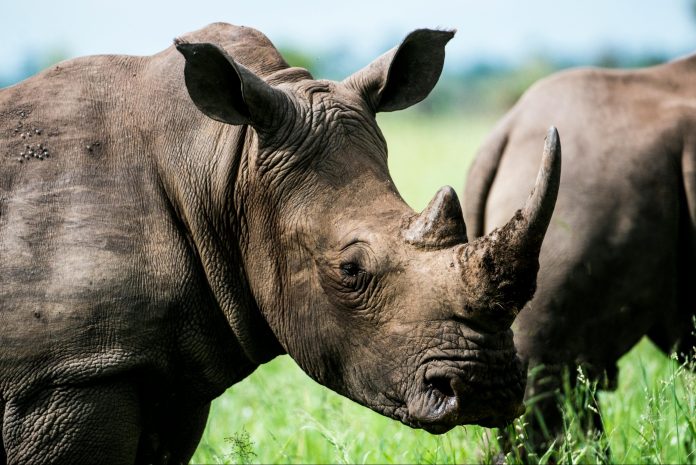There’s more concern about rhino poaching statistics. The organization, WWF SA has expressed concern that 325 rhinos were killed in KwaZulu-Natal, last year. According to statistics by Environmental Minister Barbara Creecy, 62% (307) of the total number of rhinos lost in South Africa in 2023 (499) were illegally killed in Hluhluwe-iMfolozi Park. In 2022, a total of 448 rhinos were illegally killed in South Africa. 244 of them, were in KZN.
Rhino poaching statistics
WWF says it will support improving field ranger capacity through targeted training and improving living conditions for rangers, at Ezemvelo KZN Wildlife. The organization will help Ezemvelo KZN Wildlife to develop an integrity management plan to build organisational resilience. These are some interventions to be implemented at Ezemvelo KZN Wildlife.
WWF Black Rhino Range Expansion Project Leader, Jeff Cooke says, “The province of KwaZulu-Natal has a proud record of having played a critical role in rhino conservation in South Africa when rhino numbers had dwindled to just a few hundred animals. This is why we are committing resources towards supporting the authorities in their efforts to turn the tide on the illegal killing of rhinos, particularly in the Hluhluwe-iMfolozi Park.”
Cooke added that there is a growing recognition of the importance of professionalising rangers working on the front line of conservation efforts. Morale can be improved and trust can be built within law enforcement teams.
The latest figures
He says this is one tangible area where WWF hopes it can make a difference. Cooke added that they must focus on growing rhino numbers and increasing range as quickly as possible. They do this through efforts such as the Black Rhino Range Expansion Project, in the hope of building resilience in the populations to guard against the poaching onslaught.
Black Rhino Range Expansion Project
The NGO’s Media Manager, Andrea Weiss says at the same time that their Black Rhino Range Expansion Project had celebrated its 20th anniversary last year. The programme aims to increase the number of Critically Endangered black rhinos by facilitating the creation of new populations.
READ MORE: Putting Rhinos back on the radar
They remove black rhinos from existing populations to stimulate the growth rate in the donor populations. The removed rhinos are released onto new sites to find new populations.
“While these updated IUCN population figures provide hope, these gains remain tenuous as long as the poaching crisis continues,” Cooke said.
She says in the past 2 decades, 250 black rhinos have been moved to new project sites. Here they have space to breed and thrive. More than 200 calves have also been born on project sites. There are now 16 new black rhino populations in southern Africa. Meanwhile, in KZN, the range of black rhinos has increased by more than 50%.
Rhino numbers across Africa
Last year, the International Union for Conservation of Nature indicated that rhino numbers across Africa increased by 5.2% between 2021 and 2022. The number of Black rhinos rose by 4.2% from 2021 to 6 487 animals. For the first time, since 2012, White rhino numbers showed an increase of 5.6%, to 16 803.
MORE ABOUT: WWF SA
WWF, on a national level, actively supports the government’s efforts to effectively address the issue of illegal trade in rhino horn through its National Integrated Strategy to Combat Wildlife Trafficking which aims to break the illicit value chain in South Africa and beyond its borders. At a provincial level, WWF is actively supporting KZN Ezemvelo Wildlife.




